Winter is one of the least favorite times of the year for many motorists. Snow and ice on the roads, the need to "change" the car in Winter tires - none of this makes life easier. And if you immediately give high revs to the engine in cold weather, then everything can get even worse - engine wear will increase and, as a result, you can get expensive repairs. The opposite situation is also possible, when the car does not start in severe frost due to thickened oil and a dead battery. To avoid this, we will show you the top 10 effective ways how to start a car in frost.
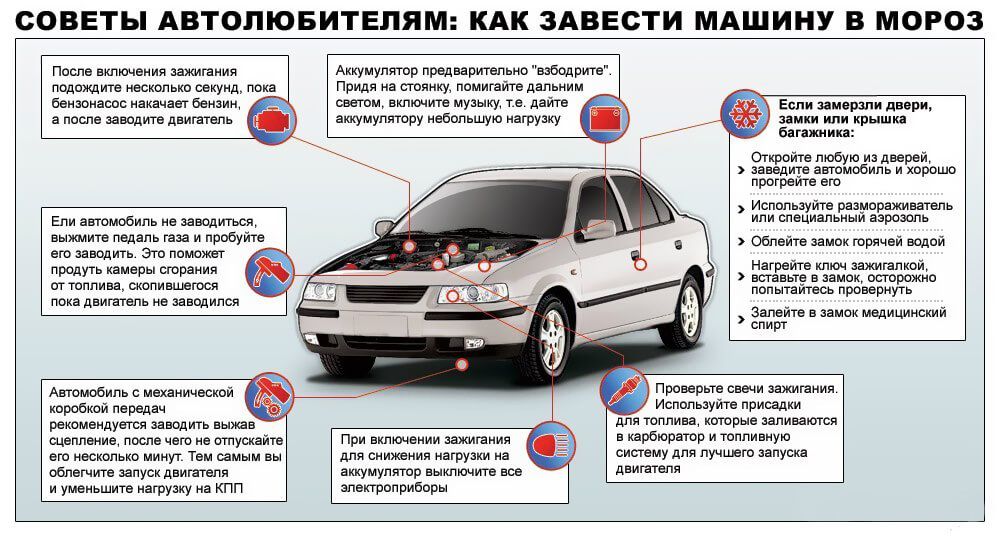 10. Unnecessary electrical consumers - down with
10. Unnecessary electrical consumers - down with
 When your engine is cold, it requires more battery power than when it is warmed up. Turn off the climate control, radio and other unnecessary at the moment devices "guzzling" electricity while starting the engine to provide more power directly to the starter. Don't worry, you can turn them on again as soon as the engine starts.
When your engine is cold, it requires more battery power than when it is warmed up. Turn off the climate control, radio and other unnecessary at the moment devices "guzzling" electricity while starting the engine to provide more power directly to the starter. Don't worry, you can turn them on again as soon as the engine starts.
9. When 10 seconds is enough
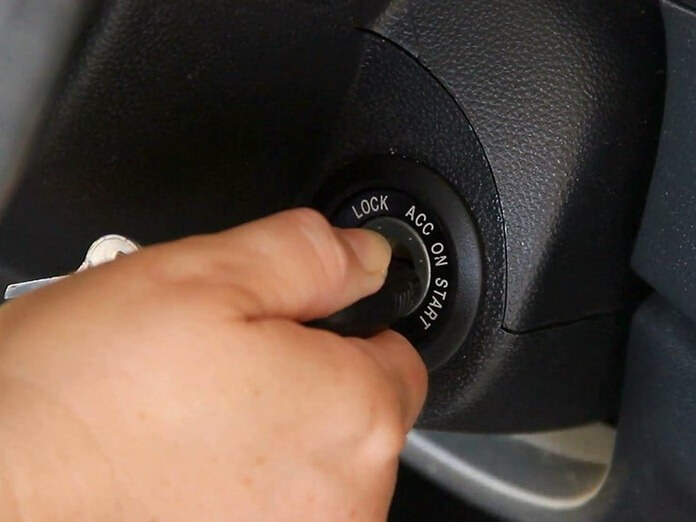 In the cold season, the oil in the engine and gearbox becomes thicker, and the motor needs more effort to overcome this resistance. And chemical reactions inside the battery take place more slowly when it is cold. Therefore, the starter motor has less energy to start the engine and this causes the engine to turn more slowly. It is a little more difficult to start an automatic transmission in frost than a mechanic.
In the cold season, the oil in the engine and gearbox becomes thicker, and the motor needs more effort to overcome this resistance. And chemical reactions inside the battery take place more slowly when it is cold. Therefore, the starter motor has less energy to start the engine and this causes the engine to turn more slowly. It is a little more difficult to start an automatic transmission in frost than a mechanic.
- If you have a manual transmission, you must first depress the clutch.
- When you turn on the engine, it should start within a couple of seconds.
- If it doesn't, make sure you don't start the car for more than ten seconds. Otherwise, the starter motor may overheat.
- After 10 seconds, let the starter rest for a minute and then try again.
8. How to start an injector in frost
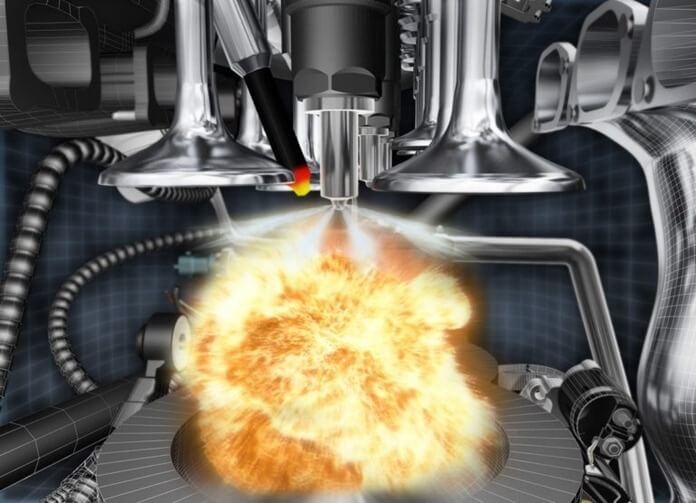 A fuel injection engine (aka injection engine) distributes fuel to the cylinders during start-up. Pressing the gas pedal while the engine is rotating will cause it to "flood". That is, the excess fuel will start to "fill" the spark plugs, and they cannot ignite the fuel in the cylinders.
A fuel injection engine (aka injection engine) distributes fuel to the cylinders during start-up. Pressing the gas pedal while the engine is rotating will cause it to "flood". That is, the excess fuel will start to "fill" the spark plugs, and they cannot ignite the fuel in the cylinders.
If you accidentally press the accelerator and your engine is flooded, try pressing the accelerator pedal to the floor and then crank the engine for a few seconds.
When the pedal hits the floor, the car computer reduces fuel flow, allowing excess fuel to drain from the engine. Then try starting the engine again.
There is another way: if your engine is flooded, leave the car for a while (usually 20-30 minutes) and the candles will dry out. Then try starting the engine again.
7. Warm me up, master
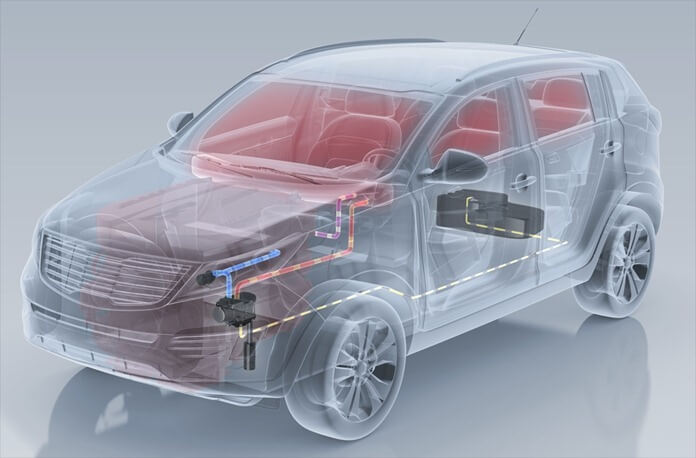 Some vehicles may be equipped with an engine preheater. What this device does is clear from its name. The heater is especially recommended if you need to start the diesel engine in severe frost.
Some vehicles may be equipped with an engine preheater. What this device does is clear from its name. The heater is especially recommended if you need to start the diesel engine in severe frost.
It's best to plug it in at least 60-90 minutes before your trip or the night before if you know it will be cold in the morning. Be sure to disconnect the engine preheater before driving.
6. If the generator is "not hello"
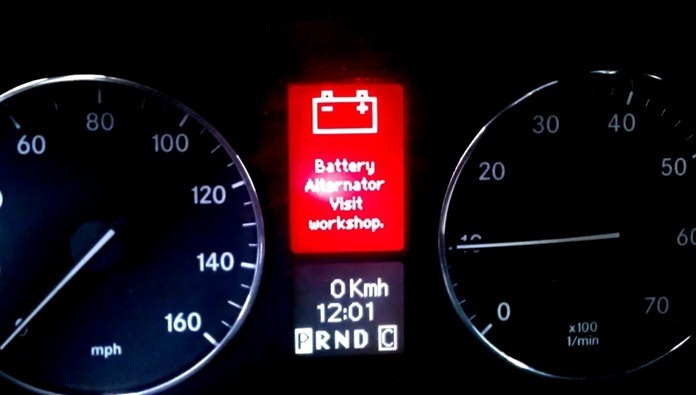 If you bought good battery, passed a rigorous selection of experts "Behind the Wheel", and it quickly discharges in the cold, then, probably, the problem lies in the alternator. This is an electrical device that charges the battery while the engine is running.
If you bought good battery, passed a rigorous selection of experts "Behind the Wheel", and it quickly discharges in the cold, then, probably, the problem lies in the alternator. This is an electrical device that charges the battery while the engine is running.
Problem symptoms:
- If you start the car and the engine immediately stalls, this indicates a faulty alternator.
- This is also indicated by the flickering of headlights and dashboard lighting, and even a stinging smell entering the passenger compartment if the generator has recently overheated.
Solutions:
- The alternator is connected to the battery and the engine, so if you are not a qualified mechanic, replacing it is a job best left to professionals.
- If you are an experienced car owner and can fix the faulty generator yourself, then this work will take about two hours. The hardest part is finding the parts you need.
5. Yes, his oil is not the same system!
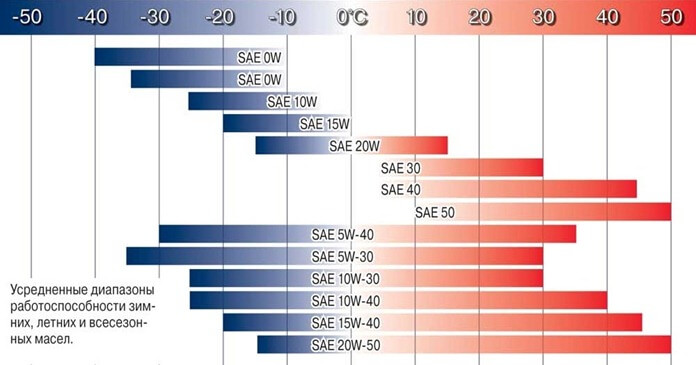 If your oil has too high a viscosity, you will not be able to start the car at low temperatures. On the other hand, low viscosity means that engine components will not be properly protected, leading to premature wear.
If your oil has too high a viscosity, you will not be able to start the car at low temperatures. On the other hand, low viscosity means that engine components will not be properly protected, leading to premature wear.
- Check your vehicle manual to find out which type of oil the manufacturer recommends. Usually it is 10W30 or 5W40, with the first number (followed by the letter "W" from the word Winter), indicating the viscosity of the oil in cold weather.
- The lower the number, the lower the viscosity of the oil.
- Even 0W oil is available for vehicles operating in very cold conditions.
4. What if it's all about the carburetor?
 If your car is old enough, it probably has a carburetor. It is the engine power system assembly that regulates the mixture of fuel and air to the engine cylinders. The carburetor is especially vulnerable to icing. If the carburetor nozzles are clogged with ice, the engine may not start.
If your car is old enough, it probably has a carburetor. It is the engine power system assembly that regulates the mixture of fuel and air to the engine cylinders. The carburetor is especially vulnerable to icing. If the carburetor nozzles are clogged with ice, the engine may not start.
How to start a car with a carburetor in cold weather:
- Keeping your left foot on the clutch, try to gently depress the accelerator pedal.
- This will allow a small amount of fuel to be injected to lend a helping hand to the engine.
Modern cars with injection engines are not affected by this problem.
3. When the starter does not start
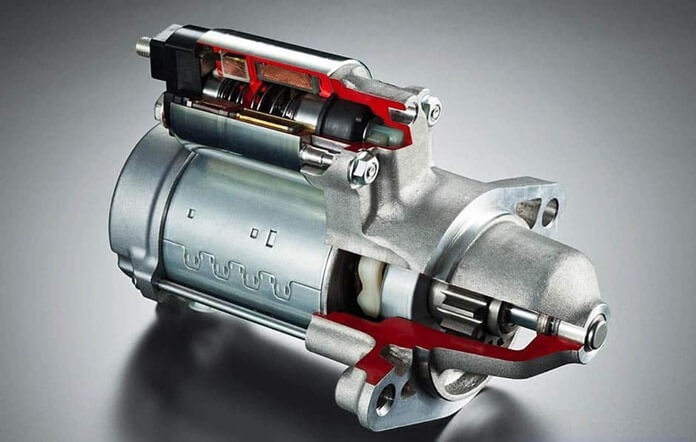 The starter does exactly what you expect; it uses electricity from the battery to power the vehicle's powertrain.
The starter does exactly what you expect; it uses electricity from the battery to power the vehicle's powertrain.
The most obvious sign of a broken starter is a clicking sound when you turn the ignition key, after which the engine refuses to turn and start.
- If all the headlights and the car's electrics are working fine and the car is not driving, this also indicates a problem with the starter motor and not with the battery.
- Replacing a starter is usually an easy task for a good mechanic. It is not very expensive and not time consuming (about 1-2 hours).
- The new starter motor may look different from the new one. Manufacturers sometimes modify the design of this device.
2. The ball is over, the candles are out
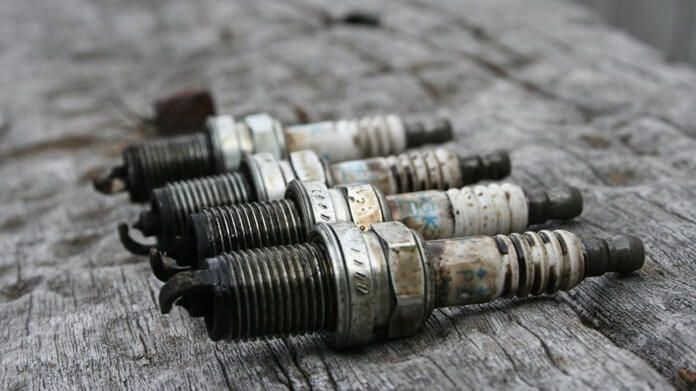 Another popular tip for starting a car in cold weather is to check the spark plugs. Many motorists forget about them, but in vain. The spark plugs gradually become so dirty that the spark simply cannot "break through" into the ignition chamber. Or they are gradually "flooded" with gasoline, which entered the combustion chamber in liquid form, and not as an air mixture.
Another popular tip for starting a car in cold weather is to check the spark plugs. Many motorists forget about them, but in vain. The spark plugs gradually become so dirty that the spark simply cannot "break through" into the ignition chamber. Or they are gradually "flooded" with gasoline, which entered the combustion chamber in liquid form, and not as an air mixture.
- If the unscrewed candles smell of gasoline and / or there is a smell of gasoline from the exhaust pipe, cleaning the candles with a regular toothbrush and a special cleaning agent will help. Or there is a more radical solution - their replacement.
- If there is no time to clean, do not start the engine for several minutes so that the gasoline can drain. Then, for 10 seconds, crank the engine with a starter, depress the gas pedal as far as it will go so that the cylinders can “ventilate”.And then try to start the car. If the driest cylinders "grab", the rest will follow.
1. Gasoline and water, they are, frankly, not a couple
 Failing to start the car in the cold, you can curse anything - from bad karma to the vagaries of the weather. However, the culprit can be bad. gasoline quality.
Failing to start the car in the cold, you can curse anything - from bad karma to the vagaries of the weather. However, the culprit can be bad. gasoline quality.
If higher quality fuel interferes with lower quality fuel, then this negatively affects the power of the car, it will drive worse, start with difficulty, the engine will shake, and fuel consumption will increase greatly. But if gasoline is mixed with a small amount of ordinary water, then in cold weather both it and the condensate will freeze. In the worst case scenario, this can lead to the "untimely death" of the fuel pump.
Problem symptoms:
- If you unscrew the spark plugs, they will be completely dry, or filled with gasoline.
- There is a smell of gasoline from the exhaust pipe, or there is no fumes at all.
Decision:
To make a "cold start" of the car, you can use fuel dryers (they are suitable only for gasoline engines). If this is not possible, you will have to wait for warming or try to warm up the car in the garage. Then you need to drain low-quality gasoline and thoroughly dry and clean all elements of the fuel system. And only use gas stations of large chains.

